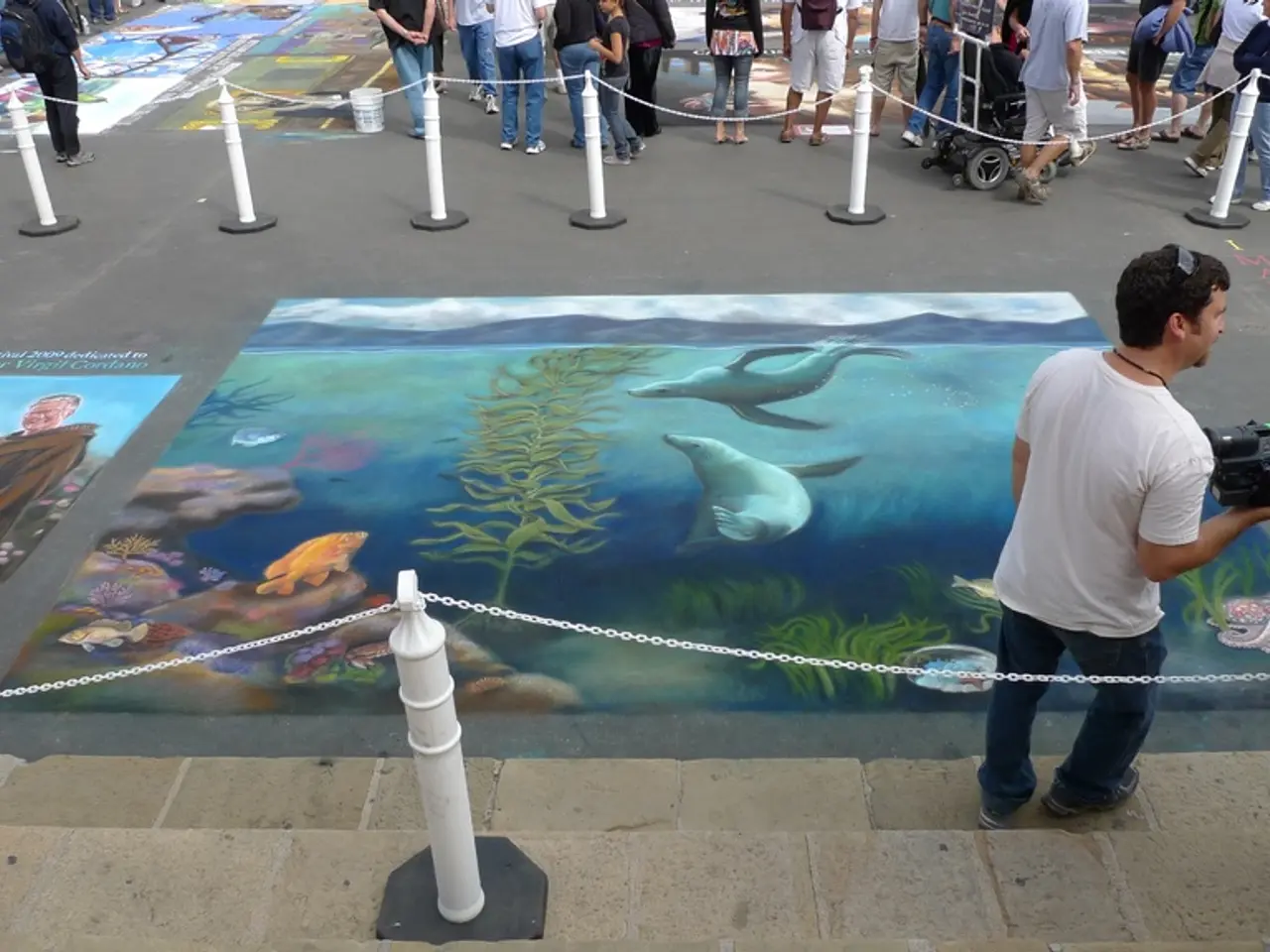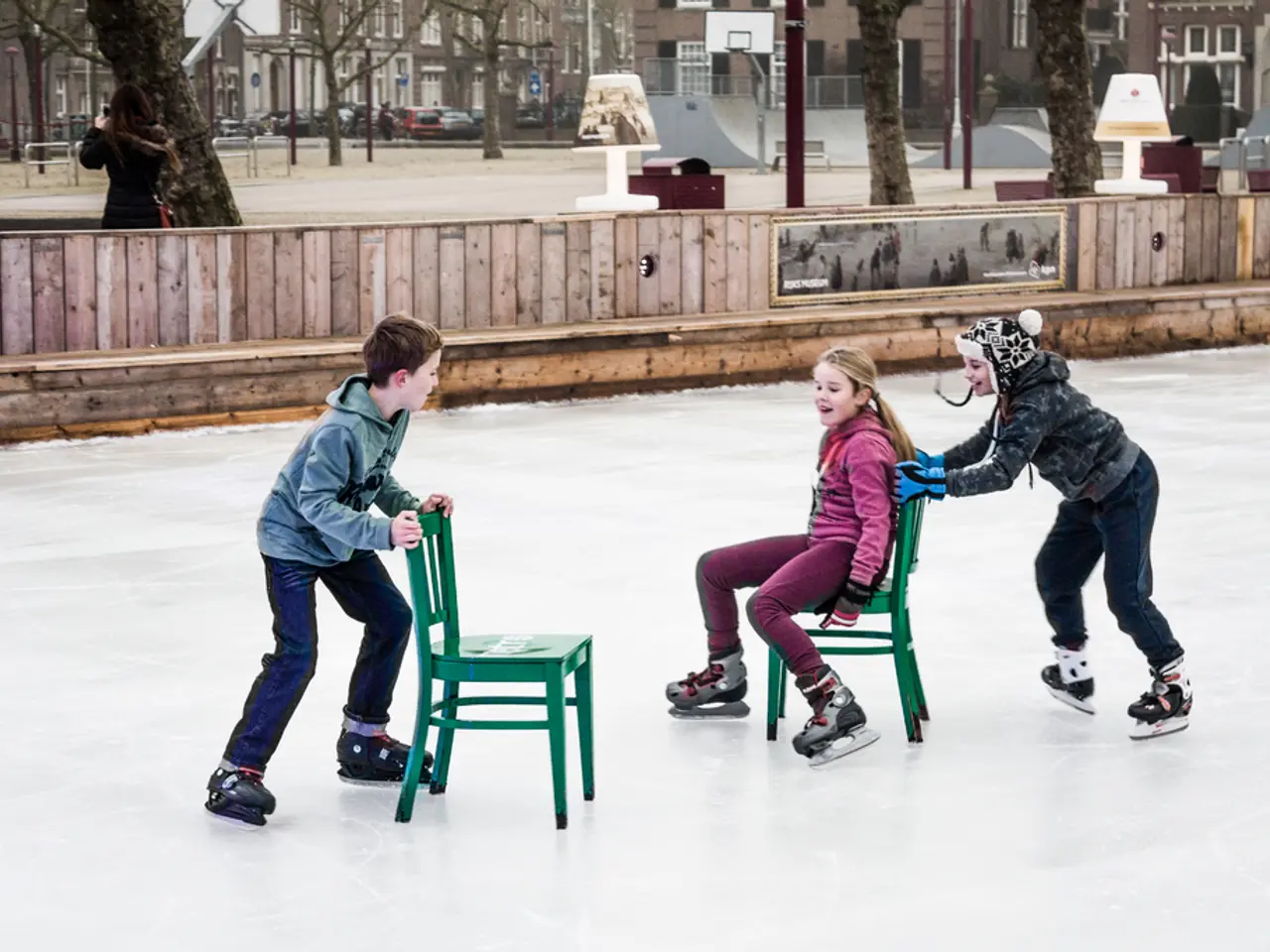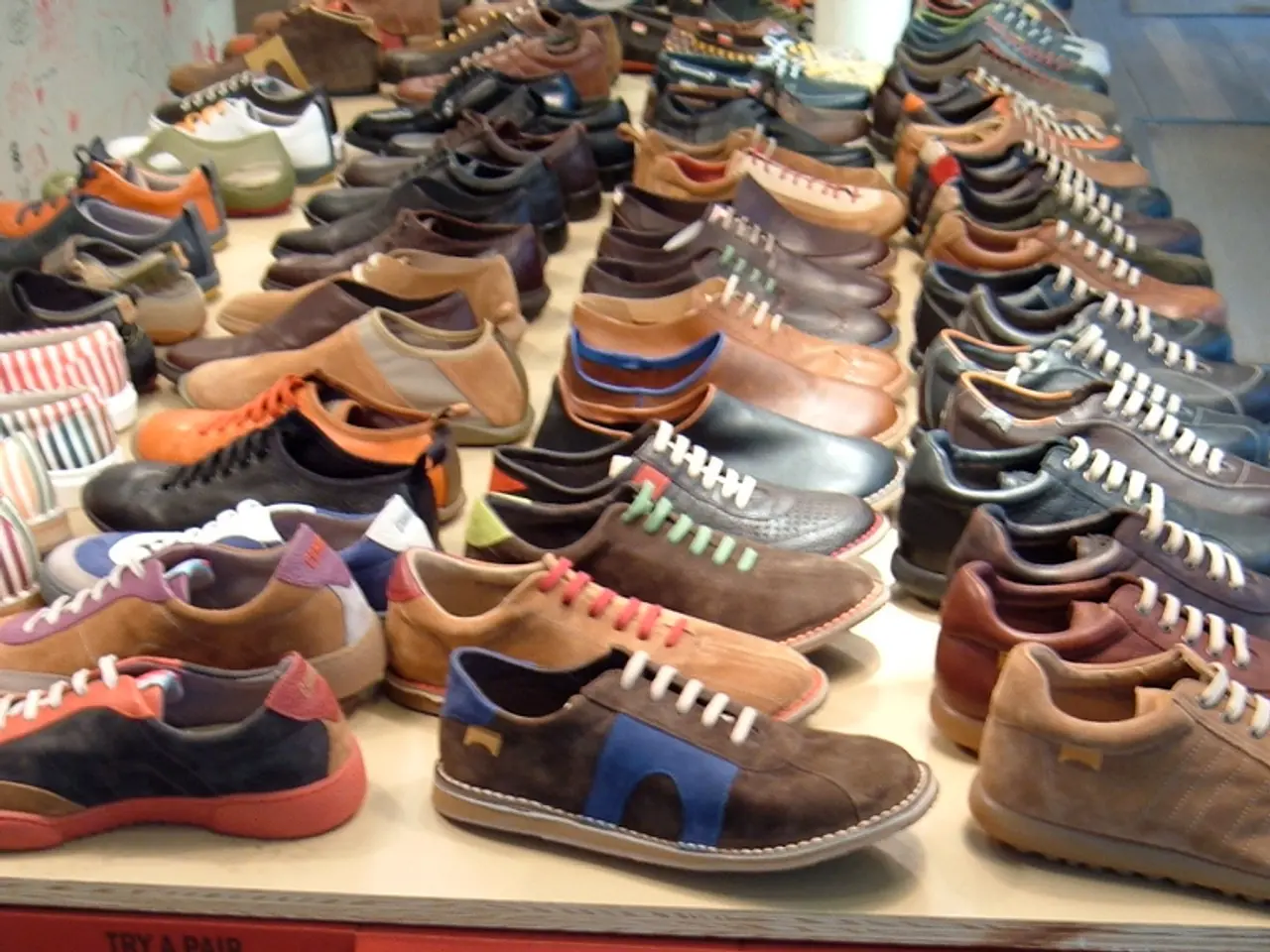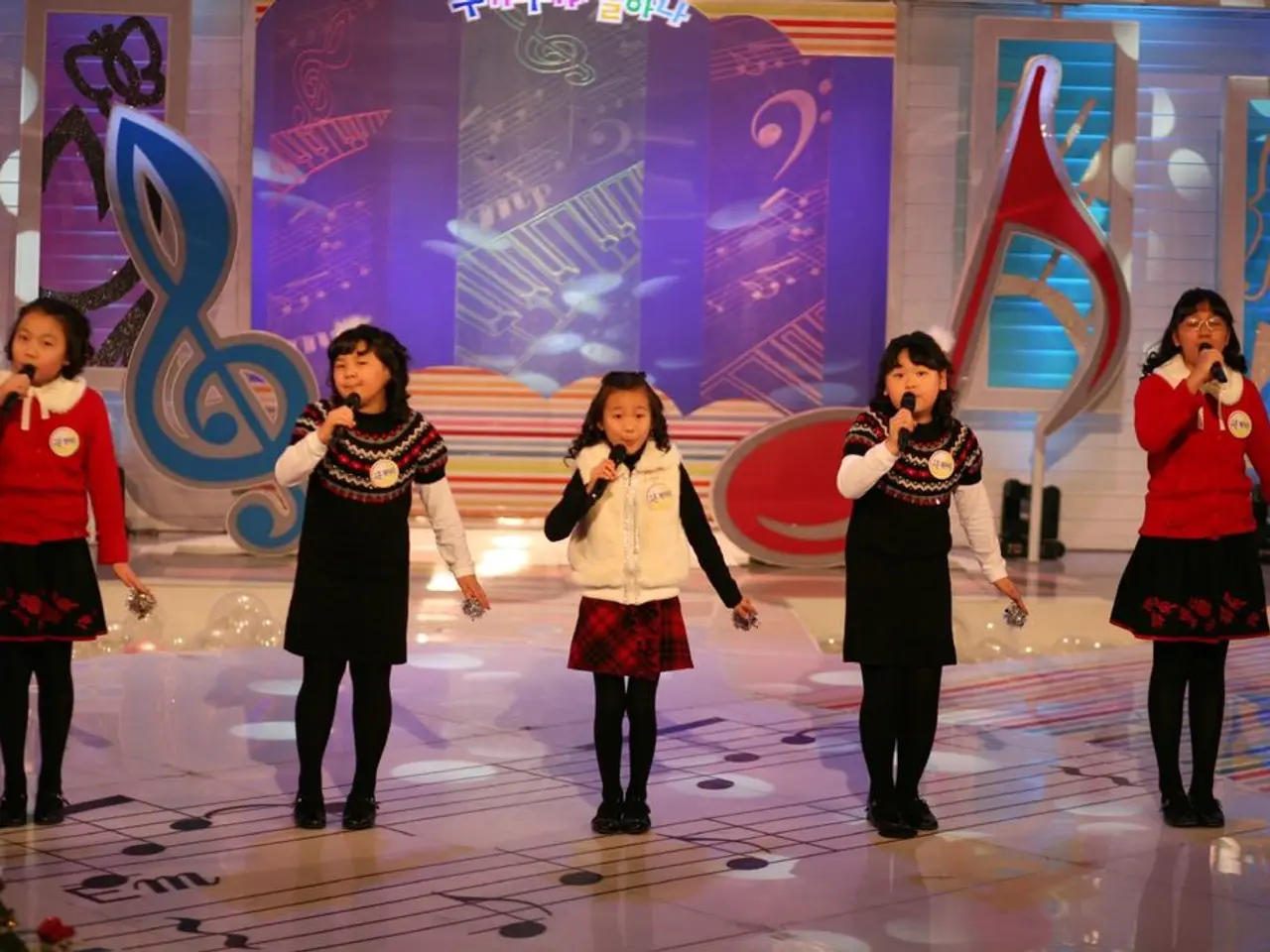Street Photography Mastery: Tips on Equipment, Techniques, and Moral Guidelines
Exploring the Art of Street Photography: Capturing Life's Moments
Traveling through various countries and cultures can enrich a street photography portfolio and deepen our understanding of humanity. Street photography, a fascinating exploration of candid urban life, offers a unique opportunity to document human society and capture spontaneous moments that tell a story or evoke emotion.
The best street photography often tells a story or evokes emotion, and mastering the craft requires a keen eye for composition and an understanding of the people and environment being captured. Powerful compositional tools in street photography include the rule of thirds, leading lines, and framing. Approaching street photography with sensitivity and respect is crucial to prevent intruding on people's lives.
When it comes to equipment, recommended cameras and lenses for street photography focus on portability, discreetness, fast autofocus, and image quality. With technical settings and techniques optimized for capturing candid moments effectively, here are some top recommendations:
Top Recommended Cameras & Lenses:
- Fujifilm X100VI: A compact, highly regarded camera with a fixed 23mm (35mm equivalent) lens, the X100VI is favored for its discreetness, beautiful color rendition, and 6 stops of image stabilization. It offers a 40.2MP APS-C sensor and excellent burst shooting up to 20fps electronically, making it ideal for spontaneous street capture.
- Ricoh GR III / GR IIIx: Pocketable APS-C cameras with fixed prime lenses (28mm or 40mm equivalent), these models are known for razor-sharp optics and straightforward operation. Excellent for black-and-white street photography due to good dynamic range and compactness, though lacking a viewfinder requires composing on the rear screen.
- Panasonic S9: A full-frame camera with a 24MP sensor, superb autofocus, excellent high ISO performance (up to 204,800), and 6.5 stops of image stabilization. Lacks weather sealing and viewfinder, which some street shooters might find limiting.
- Sony A9 III: A mirrorless camera with a global shutter delivering ultra-fast burst speeds and reliable autofocus for capturing fleeting action moments in street environments. More suited for high-speed action than casual shooting.
Budget-Friendly Lenses:
- Sony 35mm f/1.8 OSS for APS-C provides sharp wide-open performance with image stabilization.
- Fujinon XF 27mm f/2.8 pancake lens for Fujifilm X-series offers compactness and excellent optics.
- Canon 22mm f/2 pancake lens pairs well with Canon EOS M6 Mark II, creating a small, fast street setup.
Technical Settings & Techniques for Optimal Results:
- Lens Choice: Wide to standard focal lengths (around 28mm to 35mm equivalent) are preferred for a natural field of view and versatility in street scenes.
- Aperture: Use wide apertures (f/1.8 to f/2.8) for shallow depth-of-field to isolate subjects, or stop down moderately (f/5.6) to keep more scene elements in focus, depending on the style.
- Shutter Speed: Maintain fast shutter speeds (1/250s or faster) to freeze motion, especially when capturing moving subjects.
- ISO Settings: Use the lowest ISO feasible for best image quality but be ready to increase ISO in low light to maintain shutter speed and avoid blur; modern cameras like Panasonic S9 and Fujifilm X100VI perform well at high ISO.
- Focus Mode: Utilize continuous autofocus or zone focusing for quick capture of spontaneous moments. Leaf shutters in some Fuji models help for near-silent shooting.
- Shooting Technique: Use manual or zone focusing (pre-focusing at a certain distance) to anticipate action. Shoot in burst mode to increase chances of capturing the perfect moment. Stay discreet and blend in, using camera silence and compactness to capture candid, natural expressions. Experiment with black and white for a timeless aesthetic; cameras like the Ricoh GR III excel here.
- Stabilization: In-body image stabilization (IBIS) available in models like Fujifilm X100VI and Panasonic S9 allows for slower shutter speeds hand-held without blur.
In summary, for street photography, cameras like the Fujifilm X100VI and Ricoh GR III series paired with fixed 28-35mm equivalent lenses provide an excellent balance of image quality, portability, and discretion. Utilize settings emphasizing wide apertures, fast shutter speeds, and appropriate ISO for fast-moving urban environments; combine this with techniques like zone focusing and burst shooting for best results.
Ethical considerations are essential when it comes to street photography. Breaking compositional rules can sometimes lead to memorable street photography shots, but it's crucial to respect people's privacy and avoid intruding on their lives. If someone is visibly uncomfortable being photographed, it's respectful to move on. Observing subtle interactions, interesting patterns, or unique shadows can elevate street photography images. Street photography involves capturing candid, spontaneous moments in urban settings, making it a captivating art form that continues to document and explore the fascinating world of human society.
Street photography projects can delve into various lifestyle aspects, capturing human interactions within diverse cultural settings. For instance, a home-and-garden portfolio could explore sustainable-living practices, portraying households that aim to minimize their ecological footprint. Similarly, a lifestyle project focusing on fashion in the street can embrace different clothing styles, textures, and colors that cater to the society's varying tastes. In both cases, the cameras and lenses mentioned earlier, such as the Fujifilm X100VI and Ricoh GR III series, would serve as useful tools in documenting these projects with their superb image quality, portability, and discreetness.




